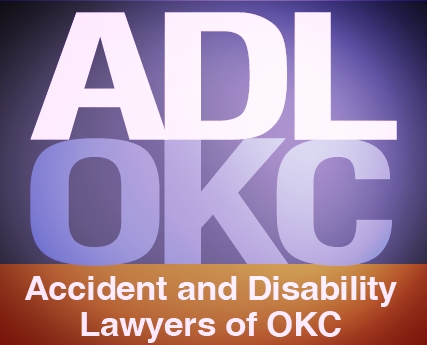Social Security Disability - A Five-Step Sequential Evaluation Process - PART 2
I always intend on keeping a regular blog about legal issues affecting Oklahomans. But like so many, the toils and turmoils of everyday life seem to get in the way of even the truest of resolutions. With the approaching new year comes new resolve. In June, I wrote about the five-step process for evaluating a social security disability claim, highlight steps 1 and 2. I promised to come back and discuss the remaining steps soon after....well better late than never.
Step 3: You can be found disabled if you meet or equal a listing.
The third step to a social security determination asks the judge to determine whether your medical records show signs, findings and symptoms meet or are medically equal to the social security's Listing of Impairments. The Listing of Impairments is a set of medical criteria for the determination of disability. The listing includes more than 100 impairments. You can find the listings at 20 C.F.R. Part 404, Subpart P, Appendix 1. Essentially, the SSA is assessing the severity of your impairments to determine whether they are so bad that SS would not be able to work, without regard to your residual function capacity (RFC), although the listings do incorporate some aspects of an RFC determination.
According to the Social Security Administration,
Applicants with impairments that “meet” the Listings are allowed with no further evaluation, based solely on medical criteria. Moreover, if an applicant has an impairment not included in the Listings, but considered medically equivalent to a listed impairment, the impairment is said to “equal the Listings” and the applicant is allowed. Applicants who are not allowed at step 3 have impairments that, although severe, are not severe enough to consider the applicants disabled purely on medical grounds. Such applicants are evaluated further at step 4 and, possibly, step 5.
https://www.ssa.gov/policy/docs/rsnotes/rsn2013-01.html
If you are found disabled at step 3, the Social Security Administration has no need to determine whether you can do your past work or any other work. Notably, even if you don't strictly meet specific listing, you can still be found disabled if you can show that your impairments are medically equal to a listing. To equal a listing, you must show that your impairments are the medical equivalent of a listed impairment. In other words, you must show that your medical findings are comparable to the essential findings in a listing. However, before you can be found disabled at this step, the Social Security decision-maker must consider the opinion of a medical expert hired by SSA.
Even if you don't meet or equal a listing, you may still qualify for benefits. However, you must show that you cannot do your past relevant work or other work considering your age, education, employment history and residual functional capacity. SSA evaluates these considerations at step 4 and 5.
We will discuss them next time. In the meantime, if you have any questions, call me at 405.759.0515
